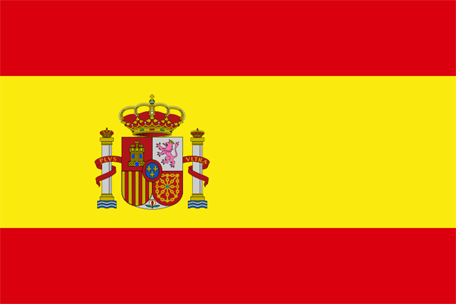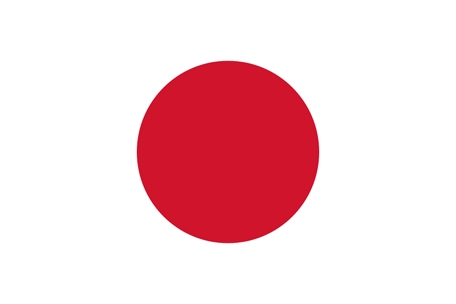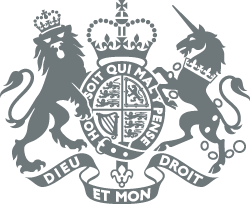Blockchain: The Future of Digital Art and Design
#News Center ·2024-02-19 08:21:59
Blockchain Technology: Empowering Digital Artists and Transforming Creative Expression
Blockchain technology has become a driving force and tool for digital artists to reshape their art and creative expression, while also helping them showcase and monetize their work online. Blockchain is helping us explore new possibilities for artists and institutions. Understanding the concept of blockchain and the role it will play in the future of digital art and design is essential.
Understanding Blockchain Technology
Before delving into the application of blockchain in the art world, it is crucial to understand its fundamental principles. At its core, blockchain is a digital ledger used to record transactions across a computer network. Each transaction, or “block,” is organized in chronological order.
Blockchain initially gained popularity as the underlying technology behind cryptocurrencies such as Bitcoin. However, its applications have expanded beyond finance and cryptocurrency markets for two main reasons:
Decentralization – Traditionally, monetary transactions are facilitated and managed by centralized institutions such as banks. Blockchain eliminates the need for intermediaries by using a distributed network of computers, aiming to create a more equitable transaction market.
Tamper-Resistance – Blockchain uses cryptographic techniques to protect and create new units, forming a transparent and secure chain of “blocks.”
The decentralized and tamper-resistant nature of blockchain offers enhanced security and ownership transparency. These features provide blockchain with the versatility and flexibility to be applied in other fields, including digital art.
Blockchain in Digital Art
Traditionally, digital artists have faced challenges related to copyright, ownership, and authenticity verification. Digital files are easily copied and shared, making it difficult to establish the provenance of an artwork and diminishing the original creator’s claim to ownership. Blockchain addresses these issues by offering a secure and transparent system for recording and verifying ownership.
Blockchain’s decentralized nature ensures that once a piece of digital art is registered, its record can serve as a digital certificate of authenticity. This eliminates doubts about its origin and provides collectors with transparent information about the artwork's history.
Beyond authenticity, blockchain has opened up new avenues for artists to monetize their creations. Smart contracts—self-executing contracts with terms directly written into code—offer transparency for collectors and financial security for creators. With smart contracts, artists can embed royalty mechanisms that automatically distribute a portion of proceeds every time the artwork is resold. This fosters a more equitable relationship between creators and collectors.
Artists can also tokenize their digital creations, transforming ownership into digital assets on the blockchain. These tokens, commonly known as Non-Fungible Tokens (NFTs), allow collectors to invest in fractional ownership of digital artworks.
Decentralized platforms powered by blockchain facilitate direct transactions between artists and collectors, reducing the reliance on intermediaries and ensuring a greater share of profits goes directly to the artist.
Challenges and Future Developments
While blockchain technology brings exciting opportunities to the world of digital art and its creators, it also faces several ongoing challenges and risks, including:
Regulation – As the digital art industry evolves, regulatory compliance must also adapt. Issues such as asset taxation and copyright need further clarification and refinement to support the long-term application of blockchain in digital art practices.
Sustainability – Environmental concerns related to energy consumption and scalability must be addressed. NFTs, in particular, have a poor environmental reputation due to their high energy usage and resulting carbon emissions.
Technical Literacy – Blockchain adoption in the digital art space is still in its early stages. To reach the mainstream, digital artists must become more familiar and proficient with the technology and how it operates.
The industry is actively exploring solutions to these challenges and seeking new ways to leverage blockchain to drive innovation.
Blockchain is also embracing new strategies to improve operational sustainability. Through smart contracts, businesses can automatically track carbon emissions across their supply chain. This data can be reported to oversight bodies and made public, while the encrypted nature of the blockchain ensures the data cannot be forged or manipulated.
Digital artists no longer need to rely on intermediaries such as galleries or museums and can now engage directly with their audiences. While this may seem threatening to traditional institutions, their relevance can be maintained through blockchain adaptation—such as providing provenance verification. Collaboration between traditional art institutions and blockchain developers could bridge the gap between the physical and digital worlds, further legitimizing blockchain as a catalyst for transformation in the art industry.
As blockchain matures, we can expect increasing innovation through its integration with Augmented Reality (AR), Virtual Reality (VR), Generative AI, and Web3 platforms—offering immersive experiences for art enthusiasts.
Launch Your Digital Art Future with SMU MACT
The Master of Arts in Creative Technology (MACT) program at Singapore Management University (SMU) is a unique graduate program that empowers students to enhance their knowledge of blockchain technology and its applications. It is designed to help students and creative tech professionals acquire the skills and insights needed to thrive in the creative technology landscape. Blockchain plays an integral role in various MACT modules. Learn more about the SMU MACT program and how to harness blockchain technology in your career development.

 简体中文
简体中文  English
English  Deutsch
Deutsch  Français
Français  Español
Español  Português
Português  Italiano
Italiano  にほんご
にほんご  Nederlands
Nederlands 





